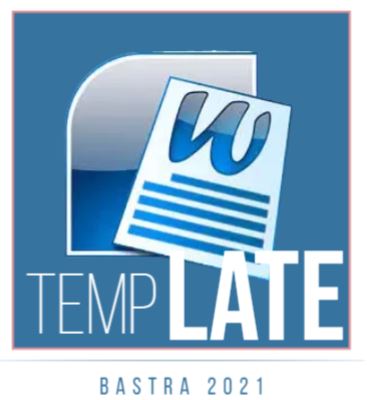EKSPRESI BAHASA JENDER DALAM TUTURAN SISWA SD KOTA MALANG
Keywords:
expression, gender language, speechAbstract
The objective of this study was to obtain an overview on (1) the form of gender language expression, (2) the function of gender language expression, and (3) the strategy of gender language expression in the speech of elementary school students in Malang. This study used a qualitative approach to design the ethnograpy of communication. The data of this study is in the form of variety, form, and function of gender expressions. Sources of research data are in the form of speech of elementary school students Malang, interviews, and field notes with tools such as video, interview, and field notes gidelines. The result of this study are (1) the form of gender language expression consist of diction affirmation and diction certainty form, (2) the function of gender language expression consist of construct belief, construct duties, and construct delivery functions, and (3) the strategy of gender language expression consist of direct and indirect strategies.
Downloads
Published
How to Cite
Issue
Section
License
Authors who publish with PENTAS agree to the following terms:
Authors retain copyright and grant the Engagement right of first publication with the work simultaneously licensed under a Creative Commons Attribution License (CC BY-SA 4.0) that allows others to share (copy and redistribute the material in any medium or format) and adapt (remix, transform, and build upon the material) the work for any purpose, even commercially with an acknowledgement of the work's authorship and initial publication in BASTRA.
Authors are able to enter into separate, additional contractual arrangements for the non-exclusive distribution of the journal's published version of the work (e.g., post it to an institutional repository or publish it in a book), with an acknowledgement of its initial publication in BASTRA.
Authors are permitted and encouraged to post their work online (e.g., in institutional repositories or on their website) prior to and during the submission process, as it can lead to productive exchanges, as well as earlier and greater citation of published work (See The Effect of Open Access).

This work is licensed under a Creative Commons Attribution-ShareAlike 4.0 International License.








